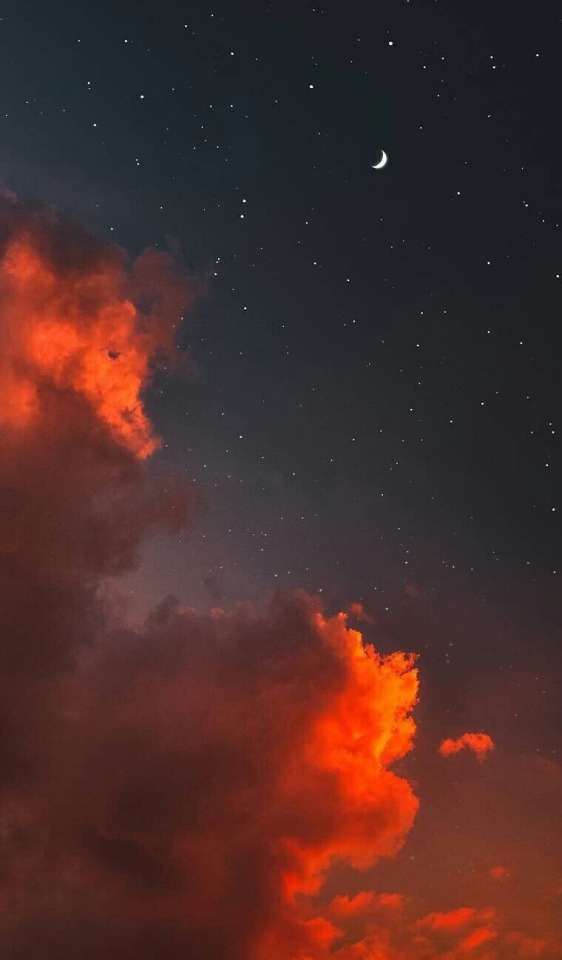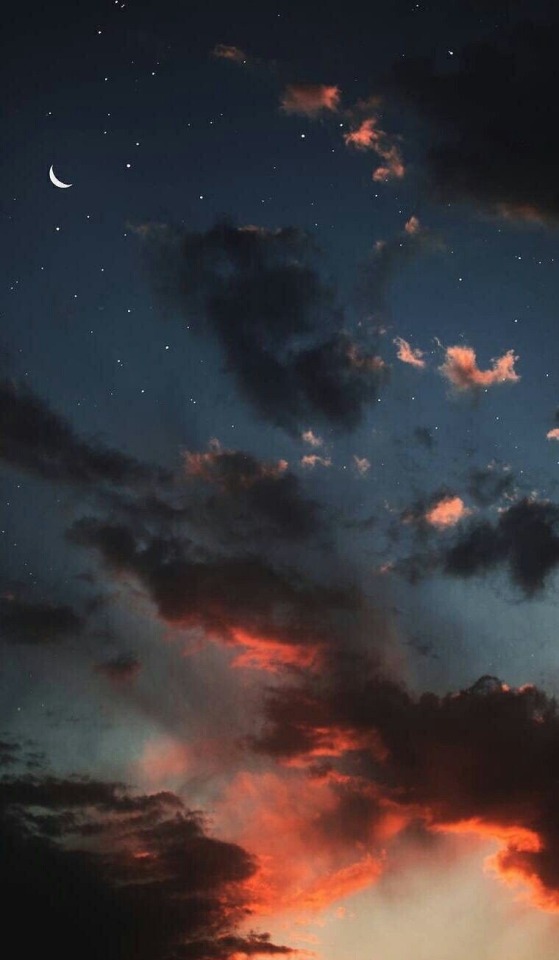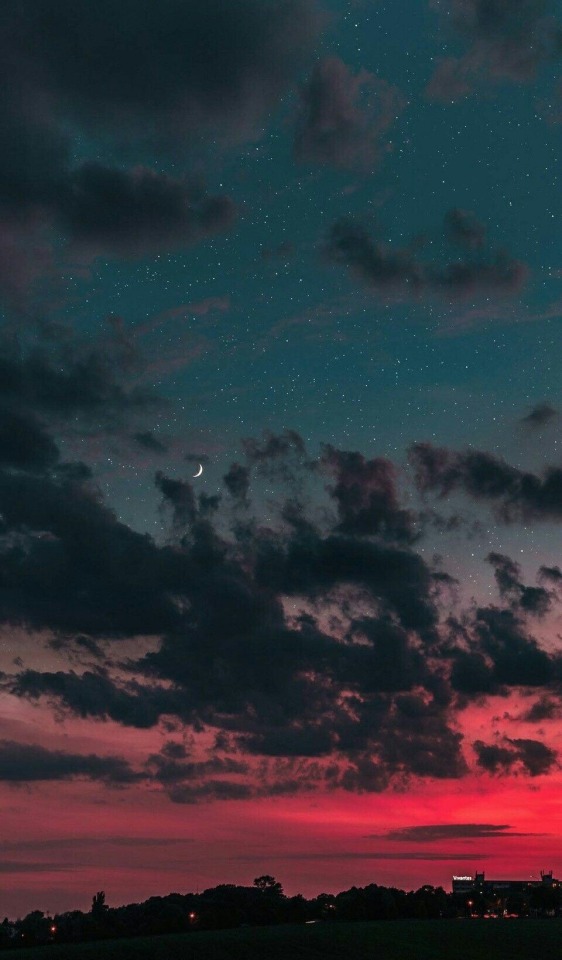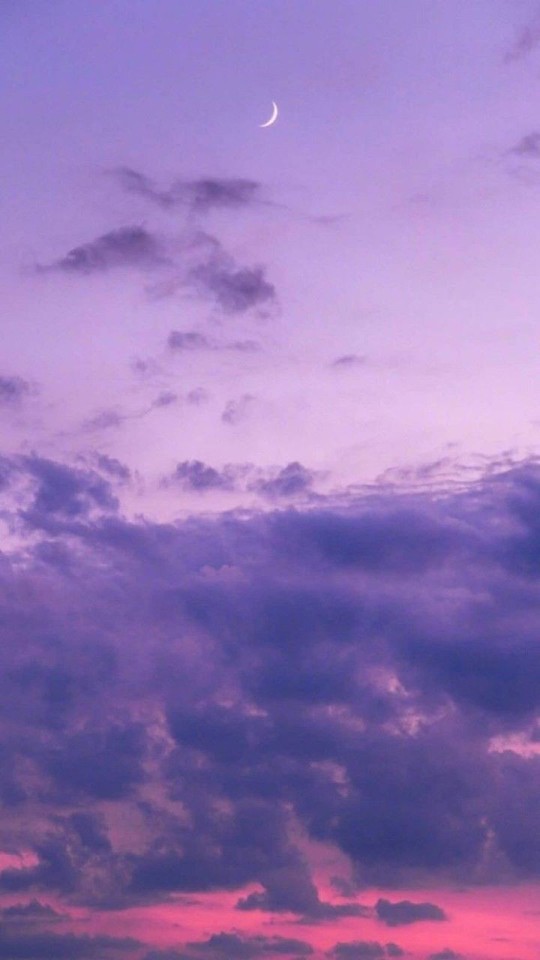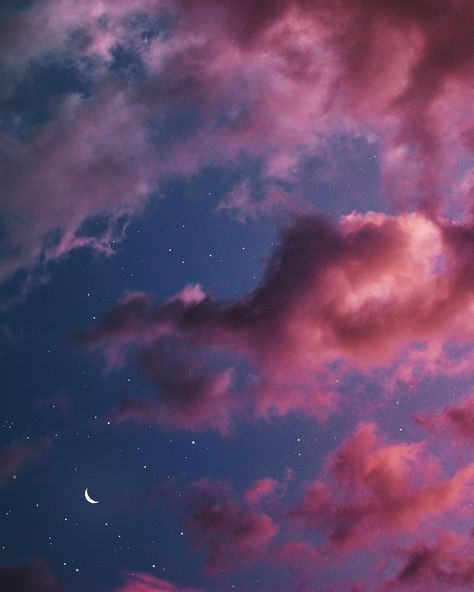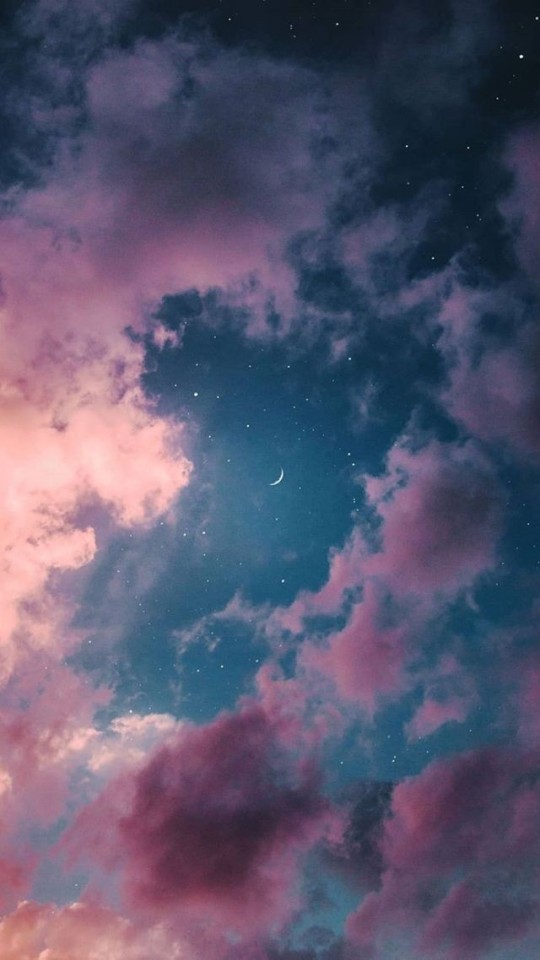Picture Of The Day 2 - December 8, 2018.

Picture of the day 2 - December 8, 2018.
The sun begins to set over a large lunar crater. Image from the surface of one of Insight B-VI’s smaller outer moons.
More Posts from Sharkspaceengine and Others

Picture of the day - February 15, 2019
Gas giant with vivid violet rings.
Orange Gem

Picture of the Day - October 28, 2018
Here we have another Titan-Like world with rings. Seas of liquid methane cover the surface, and a thick hazy nitrogen-methane atmosphere obscures most of the surface.

Picture of the Day 2 - November 13, 2018
A ringed desert world located in the core of the Large Magellanic Cloud Galaxy. There are nearly 116 stars within just 1 light year of this planet.

Picture of the day 2 - November 25, 2018
More moons. A small and large moon orbiting a ringed gas-giant. The bright star transited by the rings is a nearby bright giant, but not part of this planet’s star system.






Pictures of the day - December 2, 2018
Insight System - Third Planet orbiting Insight B (Insight B-III)
Insight B-III is the giant of the Insight System, being the most massive planet of both of the system’s stars. It is a massive gas giant the nears the boundary with a brown dwarf at 11.75 Jupiter masses. The planet has an active atmosphere from both solar heating and internally released heat and has an average atmospheric temperature of 147 F.
The planet orbits the sun at an average distance of 0.21 AU, and completes an orbit once every 41.33 days. The planet is not quite tidally locked with a rotational rate of 41.67 days vs its orbital period of 41.33 days. As a result, a solar day on the planet lasts 14.00 Earth years.
No major satellites orbit the planet; however, 30 asteroid-like irregular satellites orbit the planet.
Note the star visible in the last picture is the Insight System’s primary star Insight A. Viewed from the gas giant, the star shines with an average magnitude of -17.29, bright enough that it illuminates the dark side of objects to approximately the same level of lighting as the average living room.
High Resolution Pictures
Insight B-III
Polar View
Crescent View
Equatorial Cloud Bands
Nearby asteroid moon
Distant asteroid moon
I know there’s a lot of tension after Tumblr’s new policy annouced for December 17th, but reblog this if you aren’t leaving Tumblr so that other blogs can know they aren’t going to be completely alone!
What’s the biggest misconception people have about space or astronomy in general?
I’m not sure which is the biggest mistake, but I believe that one of them is the colors that are imposed on the images of planets, nebulae and other bodies of space. Many images are not real colors, many of them are fake colors. False colors are used to differentiate, some particular type of material, temperature, wavelength, chemical or mineral variations, and other factors.

Mercury with colors in visible light

Color-enhanced, this image represents chemical and mineral variations across the planet: tan areas are lava-formed plains, and blue regions show material that reflects little light.

This image shows two different views of the Horsehead Nebula. On the right is a view of the nebula in visible light, taken using the European Southern Observatory’s Very Large Telescope in Chile . The new image on the left shows the nebula in the infrared, using observations from Hubble’s high-resolution Wide Field Camera 3.
Some illustrations of space can also deceive or confuse, like images of exoplanets, where in fact we do not know for sure what it would be, since we can not have such clear images to the point where we can see them closely, and other things like representation of the curvature of space time, which shows a curvature in 2D, would actually be in 3D, but this is a little harder to visualize.

Curvature of the space-time fabric in 2D

Curvature of the space-time fabric in 3D

An annotated view of the Beta Pictoris system.

Artist’s impression of Beta Pictoris b. The debris disk around the parent star can be seen.
You can learn more about it by clicking here!

The burning sun begins to set behind a large volcano.
-
 sharkspaceengine reblogged this · 6 years ago
sharkspaceengine reblogged this · 6 years ago
My Space Engine Adventures, also any space related topic or news. www.spaceengine.org to download space engine. The game is free by the way. Please feel free to ask me anything, provide suggestions on systems to visit or post any space related topic.Check out my other blog https://bunsandsharks.tumblr.com for rabbit and shark blog.
294 posts


